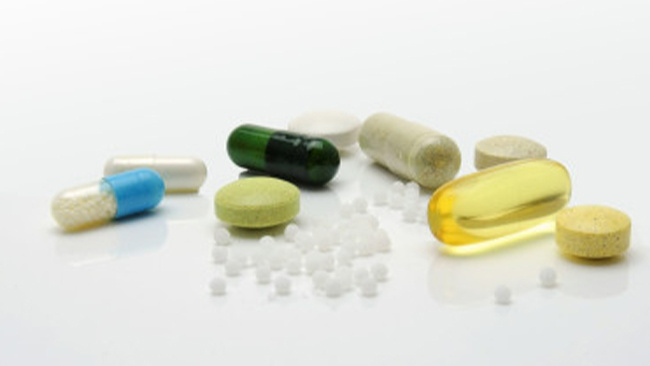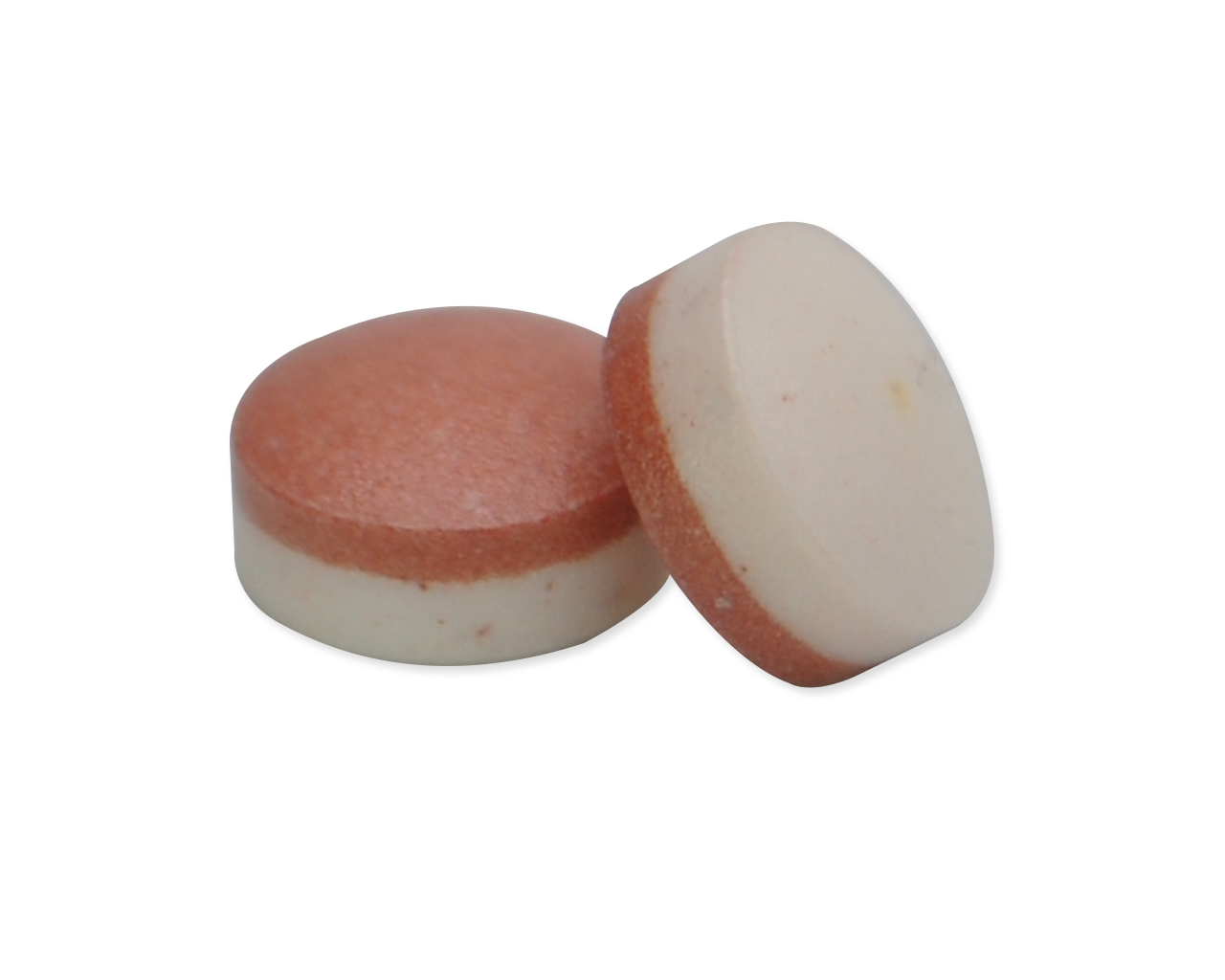Creating Vibrant Sustainable Packaging for the Circular Economy

Today is Earth Day, a moment to reflect on our planet and the strides industries are making toward sustainability. In 2025, more food and medical brands are prioritizing eco-conscious practices than ever before, with sustainable packaging continuing to dominate industry headlines—underscoring a growing commitment to the circular economy.
“Sustainability remains the top priority across the ink industry in 2025, with increasing demand for environmentally responsible inks that meet both regulatory standards and customer expectations.”
— Ink World Magazine, April 2025
What if the key to fighting climate change was right in your packaging? For companies embracing sustainability, the circular economy is more than a trend—it’s a transformation.
Embracing the Circular Economy
The circular economy, driven by corporate Environmental, Social, and Governance (ESG) objectives and consumer demand, remains a top trend. This was clearly reflected in the Packaging World March 2025 feature on sustainable materials, which spotlighted innovations in food packaging and printing—including bio-based inks, compostable films, and recyclable mono-materials—as key enablers of circularity.
What is the Circular Economy?
In a circular economy, materials and products are repurposed and recycled to extend their lifecycle. This approach minimizes waste and reduces environmental and human health impacts. The United Nations' International Resource Panel reports that resource extraction accounts for approximately 50% of global greenhouse gas emissions.
Human health benefits are also significant, particularly in underserved populations. By limiting waste generation, circularity reduces industrial waste disposal in poor communities. A 30-year study by the University of Michigan and University of Montana highlights that minority and low-income neighborhoods are disproportionately targeted by industries for hazardous waste sites.
Recognizing this, the Environmental Protection Agency (EPA) has developed action plans to promote circularity. Regulatory agencies worldwide are setting ecological goals to reduce packaging waste. The European Union (EU) established several targets for packaging waste reduction by 2030:
- Recycling packaging waste: 75% of packaging waste must be processed for reuse.
- Limiting landfill contributions: Waste sent to landfills must not exceed 10%.
- Recycling plastic packaging: All plastic packaging must be recyclable by 2030, with an interim goal of 50% recyclability by 2025.
Organizational Commitment to Circularity
Regulatory agencies are not alone in embracing the circular economy. According to John Hewitt, an executive for the Consumer Brands Association, organizations in the consumer packaged goods (CPG) industry are proactively addressing consumer needs and promoting circularity.
Companies are increasingly aware of their impact on natural resource depletion and ecological balance. In the printing industry, packaging significantly contributes to waste production, leading to practices that minimize packaging and maximize recyclable content.
Organizational buy-in is crucial for circularity's success. Large companies using single-use virgin packaging have substantial carbon footprints. Approximately 98% of single-use manufactured plastic is made from fossil-fuel materials. NPR.org identifies just 200 companies as the source of over 90% of waste from single-use plastics.
At Colorcon, our partnerships position us to significantly impact circularity. We contribute positively through the development of ecology-minded products that promote waste reduction.
Bio- Renewable Printing Options
As the demand for environmentally conscious solutions grows, bio-renewable inks are emerging as key players in reducing the ecological impact of packaging. Unlike conventional inks derived from petrochemicals, bio-renewable inks are formulated using materials from renewable biological sources—helping conserve finite fossil resources and lower carbon emissions.
Colorcon’s NT01, NT23BR, and NT40 ink systems are certified under the Bio-Renewable Content (BRC) Program developed by the National Association of Printing Ink Manufacturers (NAPIM). Each of these ink systems contains a minimum of 60% bio-renewable content, offering a responsible alternative that does not compromise on quality or performance.
The NAPIM BRC certification process rigorously evaluates ink formulations to determine the percentage of content derived from renewable biological feedstocks such as vegetable oils, rosin, and other natural resins. The certification is a clear indicator of environmental leadership and allows printers and brand owners to visibly demonstrate their commitment to sustainability.
Customers using NAPIM-certified ink systems can choose to highlight this achievement by including the official BRC logo and certification number on their packaging—available as stickers or print marks—signaling transparency and environmental responsibility to consumers.
By choosing Colorcon’s bio-renewable ink solutions, businesses significantly reduce their reliance on non-renewable resources and minimize their environmental footprint, all while maintaining high-performance print quality and safety standards.
Minimizing Packaging for Sustainability
At Colorcon, we are committed to limiting ecological damage. With years of industry experience and an extensive ink product line, we understand our products' environmental impact and their effects on consumer product marketability and safety. Our support for packaging and product sustainability is crucial to creating a circular economy.
Printers and manufacturers can render packaging recyclable by removing the polyliner. Direct food contact ink eliminates the need for a liner, making food packaging safe and recyclable. All Colorcon inks contain direct and indirect food additives only.
Together, we can create sustainable changes in printing and packaging, building a positive future for brand owners, consumers, and Planet Earth.
Minimizing Environmental Impact
Using FDA compliant inks is a practical step toward reducing environmental impact. One of the steps we have taken to support our customer's environmental goals is offering products that are suitable for composable and biodegradable packaging. Colorcon's commitment to sustainability includes ongoing regulatory monitoring and proactive measures to maintain the highest standards of safety and environmental responsibility.
Conclusion
As we embrace the principles of the circular economy, it’s clear that sustainable practices in printing and packaging are no longer optional—they are essential. By choosing eco-conscious materials, minimizing waste, and prioritizing bio-renewable and recyclable solutions, companies can lead the charge toward a more responsible and resilient future.
At Colorcon, we’re proud to be part of this movement. Through innovation, collaboration, and a deep commitment to environmental stewardship, we help our partners meet regulatory goals, reduce their ecological footprint, and enhance the sustainability of their products.
Together, we can make meaningful progress—creating smarter packaging, supporting consumer health, and building a healthier planet for generations to come.


